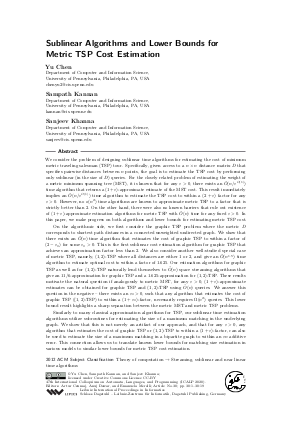LIPIcs.ICALP.2020.30.pdf
- Filesize: 0.52 MB
- 19 pages

 Creative Commons Attribution 3.0 Unported license
Creative Commons Attribution 3.0 Unported license



























Feedback for Dagstuhl Publishing